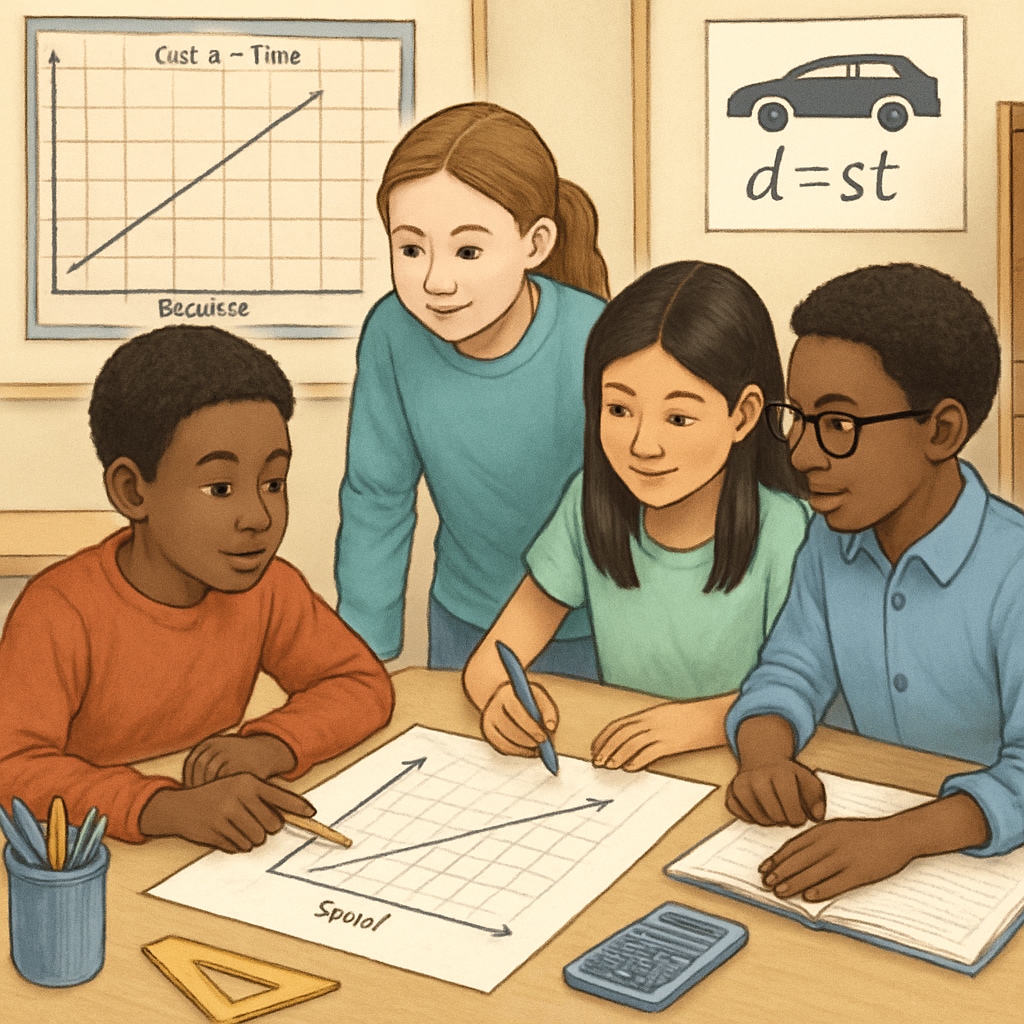When it comes to math education, student motivation is often a key challenge for educators. Many students struggle to see the relevance of math in their lives, leading to disengagement and frustration. However, by adopting thoughtful teaching strategies, educators can help students uncover the deeper meaning and value of math. This article will explore practical methods to connect math learning with students’ real-world experiences, interests, and aspirations, sparking a lasting passion for the subject.
Understanding Students’ Initial Perception of Math
Before addressing the “why” of math, it’s important to recognize how students typically perceive it. For many, math can seem abstract, rigid, or disconnected from their daily lives. This perception often stems from traditional teaching methods that emphasize memorization over application. To shift this mindset, educators need to frame math as a dynamic tool for problem-solving and creativity rather than a set of isolated rules.
For example, showing how math is used in unexpected fields—like music, sports, or video game design—can help students see its relevance. According to Britannica, math is a universal language that underpins countless aspects of the modern world. Demonstrating this universality can help students break free from limiting beliefs about the subject.

Connecting Math to Real-Life Applications
One of the most effective ways to inspire students is by highlighting how math is used in everyday life. From calculating discounts while shopping to understanding statistics in sports, math plays a critical role in decision-making. Showing students these connections can make the subject feel more approachable and relevant.
Here are a few practical examples of real-life math applications:
- Budgeting and Saving: Teach students how to create a budget, calculate interest, and manage personal finances.
- Cooking and Baking: Use recipes to explain fractions, proportions, and conversions.
- Environmental Awareness: Discuss data on climate change or energy consumption to demonstrate the importance of statistics and measurement.
By relating math to topics that students care about, educators can foster a deeper emotional connection to the subject.

Inspiring Future Opportunities Through Math
Another powerful motivator is showing students how math can open doors to exciting career opportunities. From engineering and computer science to architecture and medicine, math is foundational to many high-demand fields. Even creative industries like animation and graphic design require mathematical skills.
In addition, emerging technologies such as artificial intelligence, data science, and robotics rely heavily on mathematical principles. By discussing these trends, educators can help students see math as a gateway to innovation and opportunity. For instance, data science is a growing field that combines math, technology, and problem-solving to analyze complex information—a skill set that is increasingly valuable in today’s job market.
Encouraging students to explore these possibilities can shift their perspective, transforming math from a chore into a stepping stone toward their aspirations.
Fostering Intrinsic Motivation Through Engaging Strategies
While real-life examples and career connections are essential, the ultimate goal is to foster intrinsic motivation—a genuine interest in learning for its own sake. To achieve this, educators can adopt the following strategies:
- Project-Based Learning: Design projects that require students to solve real-world problems using math.
- Gamification: Incorporate games and challenges to make math fun and interactive.
- Personalized Learning: Tailor lessons to align with students’ individual interests, such as sports statistics or coding.
By making math engaging and relevant, educators can help students develop a lifelong appreciation for the subject.
In conclusion, effective math education requires more than teaching formulas and procedures. By connecting math to students’ lives, interests, and future opportunities, educators can inspire a profound appreciation for its value. With the right teaching strategies, students can move from asking, “Why do I have to learn math?” to saying, “I want to learn more math.”
Readability guidance: Use short paragraphs with clear transitions, include real-world examples to clarify concepts, and balance technical language with accessible explanations to ensure student engagement.


